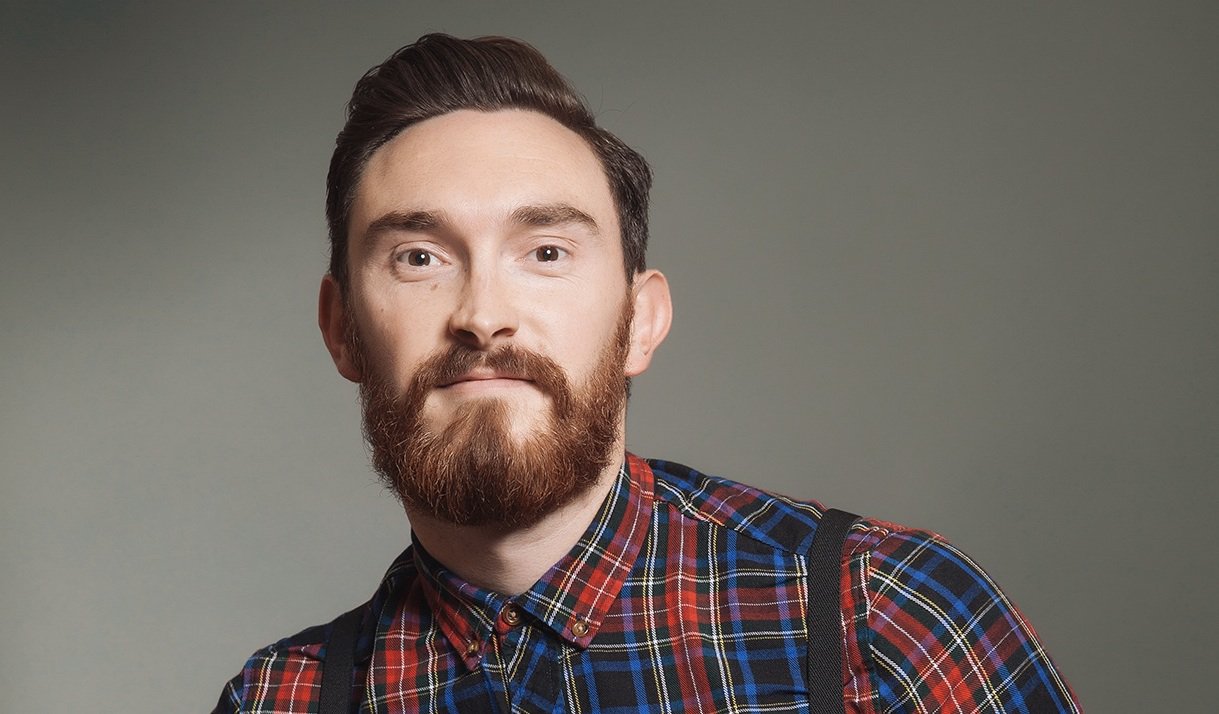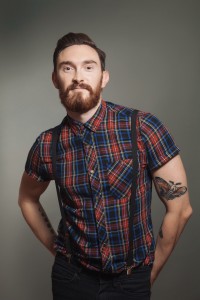Should Pride be a party or a protest?

 It’s the age-old debate: Do Pride Festivals stay true to their roots, borne as political protests – or is the modern pride festival more of a celebratory street party? Writer James Dawson examines the debate after a big weekend at Brighton Pride…
It’s the age-old debate: Do Pride Festivals stay true to their roots, borne as political protests – or is the modern pride festival more of a celebratory street party? Writer James Dawson examines the debate after a big weekend at Brighton Pride…
The road sweepers wait at the end of St James Street. As soon as the clock strikes nine, the barriers come down and the crowds disperse to the beach, sauna or bed, leaving only gutters of plastic cups, rainbow flags and nitrous canisters. Brighton Pride is over for another year.
It’ll take more than a bomb hoax to stop Brighton Pride. The parade kicked off late on Saturday, but it was one of the best in ages, with a more grassroots feel. In recent years, there had been growing malcontent as more and more corporate sponsors filled the floats, pricing out Crawley gay bars and local organisations. This weekend, with the exception of the incongruous Heart FM float – a truck filled with bored looking promotion girls – it was a more homespun affair, and the longest parade in memory.
I’ll be honest, I skipped the park this year. I’m not paying twenty-five pounds for the opportunity to pay five pounds for a gin and tonic in Preston Park. Sorry ‘bout it. I did hand over a tenner to stand in St James Street later though and that was where things got weird. There were a few bears outside the Camelford Arms and the alt kids sought refuge at Sink The Pink outside The Marlborough, but St James Street itself resembled a one-off special of The Only Way Is Essex. Shirtless straight boys drinking tequila from the bottle with shorts ironically rolled into hot pants while teenage girls wobbled around like Bambi on ice, huffing gas from balloons.
Such bants. Hen parties.
Far more so than London Pride, Brighton Pride is now a city wide piss-up. A local ambulance driver told me that working Pride Saturday is now considered worse than working New Years Eve. Or The Rapture.
It’s a far, far cry from the very first Pride parade. November 1969, New York City. The march was proposed by Craig Rodwell, his partner and friends. The proposal read:
“That the Annual Reminder, in order to be more relevant, reach a greater number of people, and encompass the ideas and ideals of the larger struggle in which we are engaged-that of our fundamental human rights-be moved both in time and location. We propose that a demonstration be held annually on the last Saturday in June in New York City to commemorate the 1969 spontaneous demonstrations on Christopher Street and this demonstration be called CHRISTOPHER STREET LIBERATION DAY. No dress or age regulations shall be made for this demonstration.”
The first pride march was to commemorate a riot, a protest against the police brutality that kicked off the Stonewall Riots – perhaps the most important moment in the history of modern LGBT+ rights. I wonder, if I’d done a poll, how many of the straight teenage boys snorting legal highs would know what Stonewall was, where is was, what it means?
It's 9pm and there's a few people ready for @humanleagueHQ at #Pride25 pic.twitter.com/VsTcjZMvwR
— Brighton & Hove Pride (@PrideBrighton) August 1, 2015
Worse: How many of us would have known? LGBT+ people from all over the country came to Brighton for the weekend, and we came to party. I write outside a coffee shop on St James Street and some very sad-looking men are wheeling their overnight cases in the direction of Brighton station right now.
Yeah, we exercised our right to wear bondage gear and aussieBums in broad daylight, but the only statement we seem to be making is ‘we’re here and we’re drunk, yo!’ It’s like when you watch any post-2000 Madonna video, really. Is it controversial, liberating and daring? Or is it simply a bit cringe?
In the middle of a convoy of Butlers in the Buff and adverts, one lonely voice stood out. You guessed it: Peter Tatchell, dressed in a shirt and slacks, protesting for equal rights in Northern Ireland. Behind him, Amnesty reminded us of the seventy-plus territories where people can still be persecuted for being LGBT+. And that was it. All party, very little protest.
On one hand, I find it so frustrating that while we’re sipping Pimms in the sunshine, people are being stabbed for attending similar (and actual) protests in Jerusalem. But then another part of my brain says, isn’t this precisely what we were marching for in the sixties, seventies and eighties? We’ve marched out of the darkness and into the sunshine, where members of the LGBT+ community can party, free from fear of violence and with the wider community.
This is part of a much bigger debate about the need for “gay spaces” for community and safety. Maybe the fact that everyone can party together is what we were fighting for. Progress, arguably, is when straight and gay get festive together – no mockery, no fear, no rules. After all, the goal of Brighton Pride is to celebrate diversity and that includes everyone. Gay people too often demand inclusion while fiercely guarding ghettos.
We're at the clock tower. Are you ready for us Brighton ? #CarnivalOfDiversity #Pride25 pic.twitter.com/fSF2AJLZpf
— Brighton & Hove Pride (@PrideBrighton) August 1, 2015
At least one day a year, people should be able to celebrate themselves. It’s a ‘come as you are’ day in the truest sense of the word, and if that means a rubber dog costume, then who the hell cares? There are precious few places in the world where a rubber dog can crawl down the high street on a leash. I feel very lucky that I was born in one of the places where I could if I so wanted.
Mulling this over, perhaps a ‘party’ is the most glorious protest we have to offer. Instead of fury, we’re serving insouciant joy. It’s the old rose in the barrel of the gun. There are still people and groups in the world who would kill us. Literally. We do need protest and we still need demonstration, but blithely dancing in the face of such hatred is what has always made the LGBT+ community special. See how many fucks we give about you when Girls Aloud come on, haterz. Eat it.
It’s our responsibility to respect our brothers and sisters who went before us. This party was made possible by Harvey Milk, Craig Rodwell, Peter Tatchell and so many others. We need to teach the children why we still need Pride Marches – even if it’s just to be visible for those who would have us confined in dungeons.
And it’s not enough to know our history. Are you helping? Do you contribute to Amnesty International? Stonewall? The Kaleidoscope Trust? Diversity Role Models? If you enjoyed a Pride Parade this year, it’s time to stick your hand in pocket, not just to fiddle with a willy, but to donate to those who are still on the front line of the real fight. There’s still work to be done globally and at home so we can all have a party.
More stories by James Dawson:
